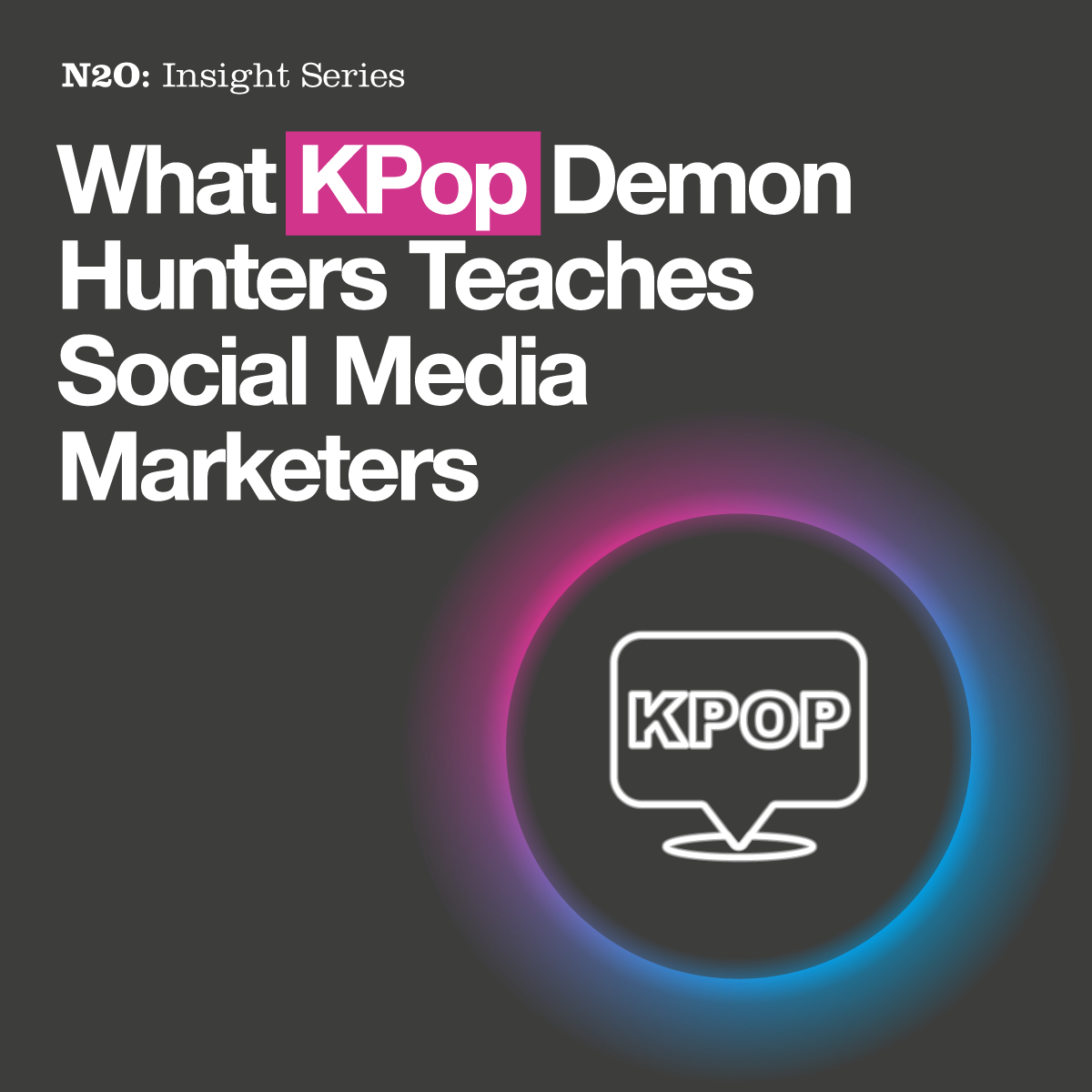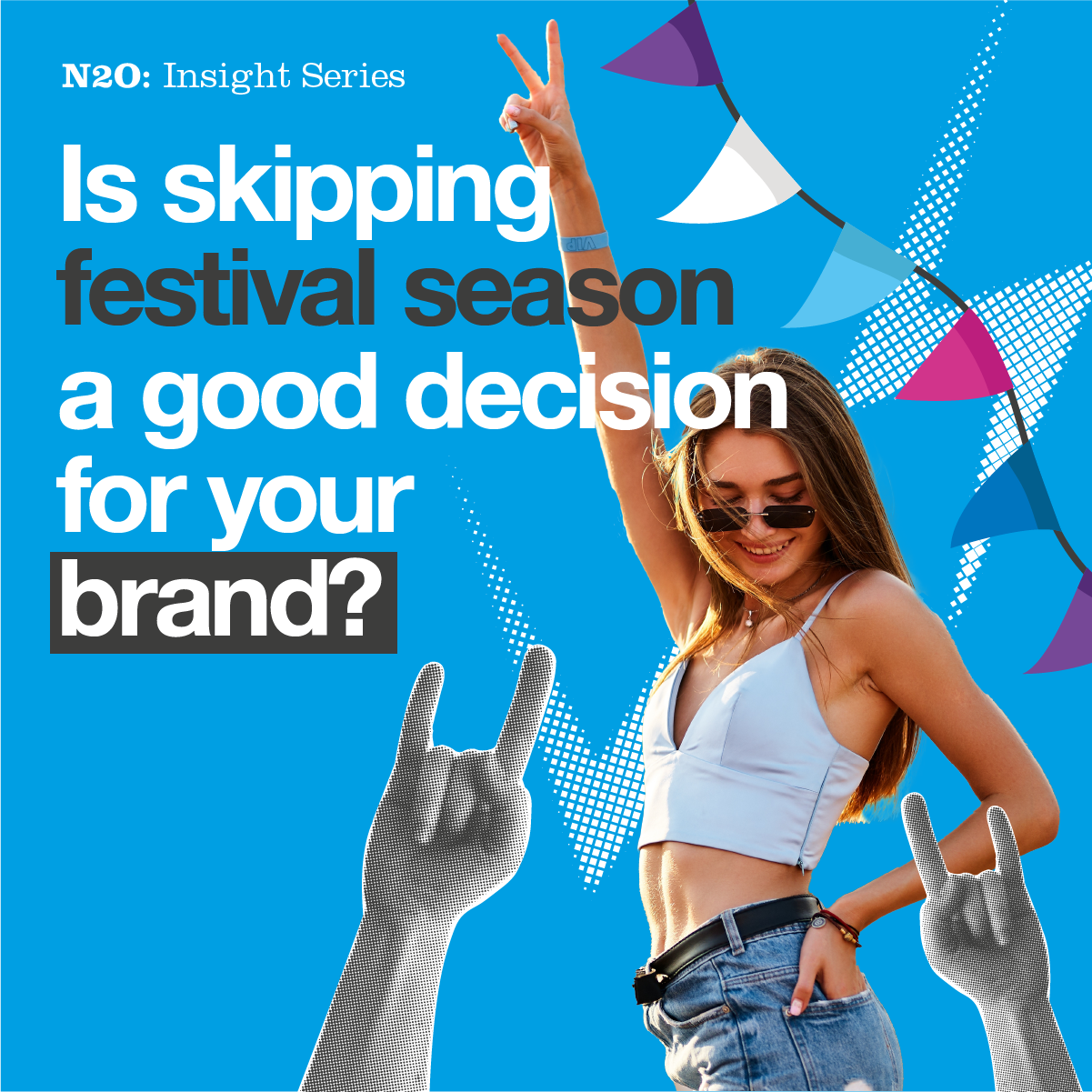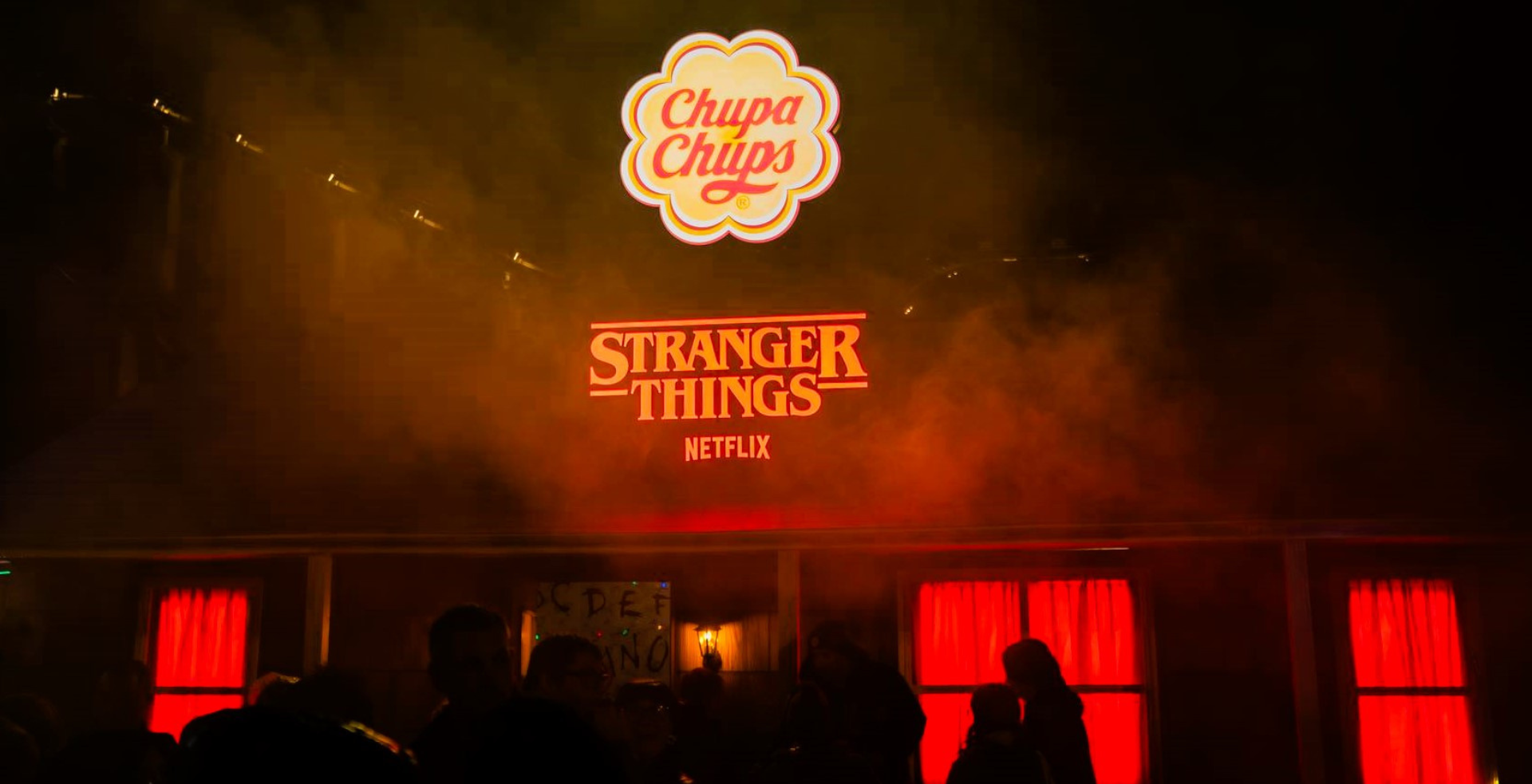HOW TO CREATE ONLINE COMMUNITIES USING HASHTAGS
These days we use hashtags # all the time, especially on Twitter and Instagram, Facebook and LinkedIn. It is a key feature in the social marketing world. They were initially used for content tagging, making it easier for people to search for a particular keyword on the respective platform, and this is still true today. They help us to break through the noise of social networking, to find the conversations we are interested in. With the right strategy, hashtags can create a community of like-minded people online, primed and ready to become brand advocates. They become a powerful way to engage with others and to improve brand awareness.
Community hashtags are the perfect way to connect with a specific audience. With strategic targeting, the successful use of branding in this way encourages communities to emerge, providing a feed of posts using the hashtags which you can reshare, comment on and like, giving you greater exposure. These are the 4 steps you need to take to create a community around a brand.
1. With or Without your Brand Name?
A brand name should only be included in a hashtag IF you need the brand’s reputation to add authenticity, and your values align with those of the audience you are trying to reach. It helps to grow your social media community around your brand. 80% of consumers say that authenticity of content influences them to follow a brand.*
Branding example: Superdrug are known for their support of diverse communities, so associating a LGBTQ event with #superdrag feels authentic and has the clout of a national brand.
Without branding example: Charmin’s #TweetFromTheSeat campaign made an everyday item incredibly popular and entertaining on Twitter.
Extra hashtags
Some brands create extra hashtags to specifically build a community to encourage loyalty to them and to make them feel more connected to the other members of the brand community. For example: #nikewomen focuses on an active sector of the brand’s members – women – allowing this community to connect under this hashtag.
2. Discover the Trend
The best way to know if a hashtag will be successful is to see what’s trending on social media, thereby recognising the current behaviours of your target audience. Investigate what they are doing online, how they are engaging with each other and what content they are sharing and liking.
The key point here is that you don’t have to create new trends, you can capitalise on existing ones. A great example of this was in response to a bending flaw in Apple’s iPhone. KitKat was quick to capitalise on this with a tagline, ‘We don’t bend, we #break’. They expanded on this later asking, ‘So what else bends or #breaks?’ to encourage chat within their online community.
3. Have a Purpose
Hashtags can really drive a campaign if they have a purpose, for example #blacklivesmatter. Associate your hashtag with a purpose and you will be actively getting your target audience engaged in the conversation. Consider these:
Awareness: create a group voice about issues that need supporting, e.g., #autismawareness and #icebucketchallenge. Adding a hashtag to a charity activation will increase awareness by creating more shares and will encourage donations.
Collaboration: Notice what content your target audience are creating and own it for your brand, e.g., Red Bull discovered people were using their cans to create photographs that aligned their cans with the scene to create something unique.
Relevance: Identify the activities and interests of your target audience and the hashtags they are using to describe them, e.g., #becreativeeveryday. Sport England identified a whole empowerment movement of women pushing themselves to the limit and being honest about their feelings. They tapped into this behaviour with #thisgirlcan encouraging a new community and getting 1.6 million women exercising.
Inclusion: Become part of the conversation in an existing community, e.g., #bakersofinstagram
Location: Identify with people in a particular location. A hashtag can become a reason for going somewhere, e.g., #woodmanchester
Solidarity: What are the challenges your target audience may face? Provide an outlet for them e.g., #mumlife or #lifeafterlockdown. #myhealthie encouraged people to share their healthy eating tips and rewarded selfies uploaded to show a fresher, healthier you.
Finally, Name it!
Name your hashtag and start to build your own brand community.
Are you looking to build your community, using hashtags for a better-targeted marketing campaign? Get in touch with us today to find out how we can get your followers to connect with each other using your hashtags, and to increase your brand awareness and engagement.
Source: *https://potion.social/en/blog/10-amazing-brand-community-statistics





.png)



















































































.jpg)







.jpeg)



.png)


















